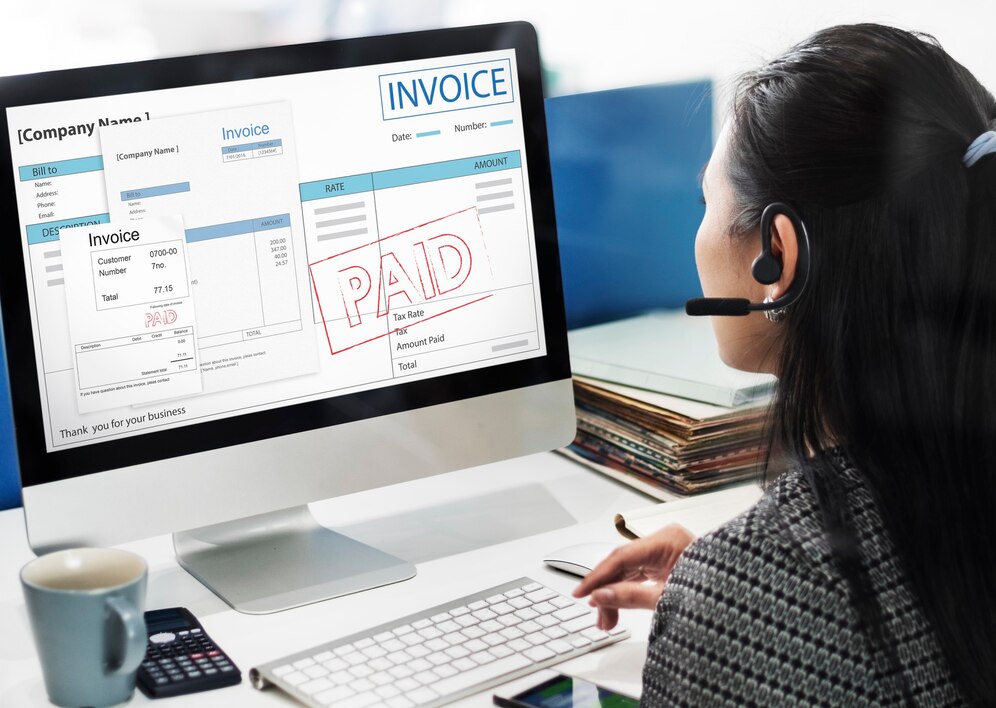Finally, days-sales-outstanding is calculated as the average number of accounts receivables divided by sales and then multiplied by 365. This ratio shows how long it takes a company to convert its receivables into cash. Incoming cash can’t be utilized by the company until it has been properly assigned, so effective and timely cash application is an essential element of any accounts receivable management.
Accounts receivable management is the process by which a business oversees and administers the collection of outstanding payments from its customers. The revenue cycle refers to the entirety of a company’s ordering process from the time an order is placed until an invoice is paid and settled.
The inability to apply payments on time and accurately can not only lock up cash, but also negatively impact future sales and the overall customer experience.
For example, you can automate the invoicing using automated templates like free invoice builders and setting recurring invoices for installments or subscriptions. With good software, you can also automate payment reminders for your customers. Your accounts department can also use insight from accounts receivable processes for proper bad debt provision and find ways to cushion your business from financial losses.
An 8-point Checklist for Finding the Best Payment Provider
Schedule a demo to observe how our Smart Chasing technology can make your dunning efforts consistent and seamless, spanning email, text, phone, and more. Or explore the software’s integrated self-service customer portal that can standardize and simplify the payment process for both parties.
Our invoicing engine can handle the most complex workflows, performing validations, discount management, and dispute resolution without drawing in your staff.
- This report tabulates the total amount of receivables outstanding for each client, as well as their duration.
- Consider using automated cash application software to simplify the process.
- Two other liquidity measures, the current and quick ratio is an excellent trend-analysis tool that can serve to raise warning or red flags with respect to receivables management.
- Sending email reminders at regular intervals—say, after 15, 30, 45, and 60 days—can also help jog your customers’ memory.
CEI helps you measure your AR team’s efficiency in collecting receivables in a specific period, say one month or year. The Best Possible DSO shows the average days your customers take margin vs markup to pay you, assuming they always pay on time. The information from cash flow reports can help you identify business processes that work well and others that require improvement.
Using their respective banks, customers will send payments to meet their obligations and the sales terms. Accounts receivables are found on the balance sheet of a company, and are considered a short-term asset.
Most payment issues you’ll encounter are because clients have trouble receiving, viewing, or understanding your invoices, or because they don’t have access to a quick and convenient payment method. This ‘soft touch’ approach keeps communication open between you and your customer and ensures that they are aware of any upcoming payments.
Remember that every touchpoint a customer has with your business (for instance, customer success) is an opportunity for you to proactively remind them.
Company
Meanwhile, the supplier would have $1,000 in accounts receivable on their balance sheet. By analyzing AR metrics such as Days Sales Outstanding (DSO) and Average Collection Period (ACP), companies can gain a better understanding of their cash flow, liquidity, and credit risk exposure. These insights can help companies make more informed decisions about credit policies, collection strategies, and investment opportunities. Another way to reduce AR is to improve the accuracy and efficiency of billing and invoicing processes.
Step 2: Create an invoice for your customers
If your accounts receivable balance is going up, that means you’re invoicing more. If the balance is going down, that means you’re collecting customer payments from previous invoices. When a company owes debts to its suppliers or other parties, these are accounts payable. To illustrate, imagine Company A cleans Company B’s carpets and sends a bill for the services.
Set up Automations
When Jane pays it off, the money would go back to the sales amounts or cash flow. Accounts receivable is the outstanding invoices a company has or money owed by client to the company. The term refers to accounts a business has the right receive because of goods and services delivered. Keeping track of exactly who’s behind on which payments can get tricky if you have many different customers.
Some businesses will create an accounts receivable aging schedule to solve this problem. Take your accounts receivable management processes to create team capacity by removing manual processes, and gain critical decision intelligence to drive value.
Accounts receivable vs. accounts payable: What’s the difference?
If you do business long enough, you’ll eventually come across clients who pay late, or not at all. When a client doesn’t pay and we can’t collect their receivables, we call that a bad debt. Here we’ll go over how accounts receivable works, how it’s different from accounts payable, and how properly managing your accounts receivable can get you paid faster.
We are looking for an Accounts Receivable Manager to oversee the entire process of collecting payments from our company’s customers. One easy way to remember the difference is that your accounts receivable balance is likely recorded on your customer’s books as an accounts payable item.
More than 4,300 companies of all sizes, across all industries, trust BlackLine to help them modernize their financial close, accounts receivable, and intercompany accounting processes.
Want More Helpful Articles About Running a Business?
Base Pay Overview
The typical offer range for this role is minimum to midpoint, with the midpoint representing the average pay in a national market scope for this position. Please keep in mind that this range represents the pay range for all positions in the job grade within which this position falls. In some cases, employers may require a master’s degree in accounting or finance.
Document the process, so everyone in your company follows the same procedures. The IRS’s Business Expenses guide provides detailed information about which kinds of bad debt you can write off on your taxes. You should consult your own professional advisors for advice directly relating to your business or before taking action in relation to any of the content provided.





